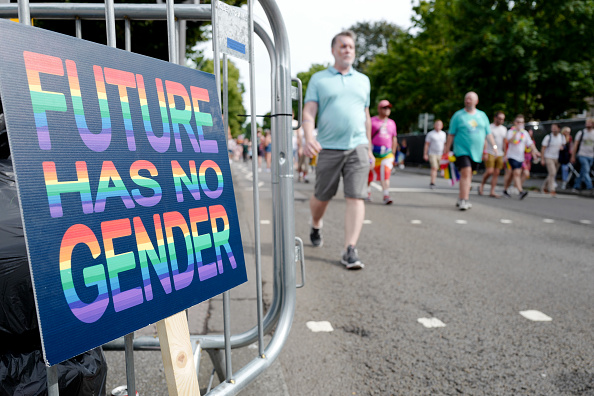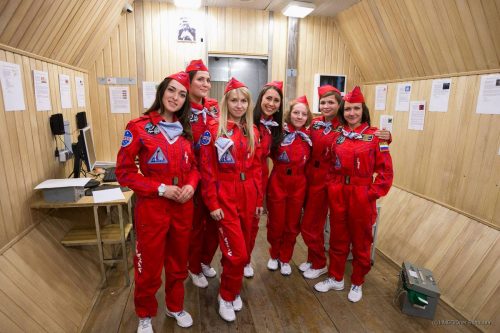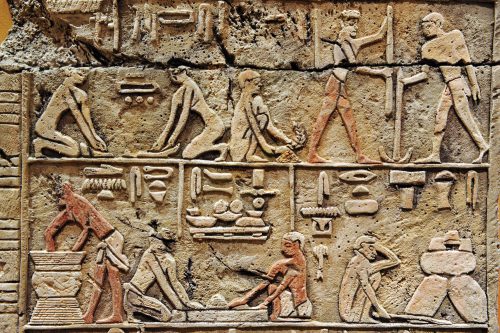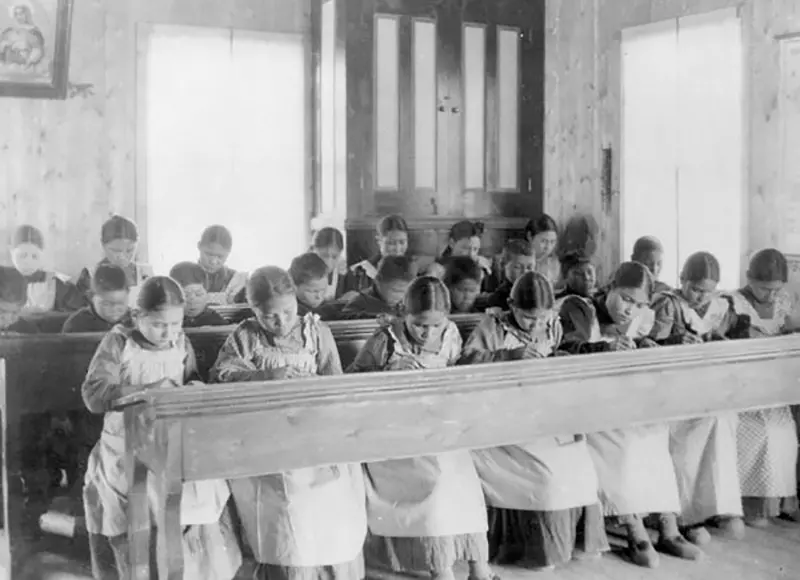Language and Gender

Words, phrases, and context tell us a great deal about how we think, speak about, and ultimately view people of different genders. This unit encourages students to think about the way language lays bare the gender inequality that is present in our societies and how changes to language are part of creating more equitable systems.

Unmanning Space Language

The Power of the Dictionary

Want to Make Academic Writing More Readable? Ask a High School Student.

Caring Across Distance—One Call at a Time

Huh? The Valuable Role of Interjections

The Hopes and Hazards for AI in Reconstructing Ancient Worlds

Broken Sonnets for the Anthropocene

Connecting Local Communities to Paleoanthropology in Kenya

Five Questions for Agustín Fuentes

How Women Shaped Human Evolution Through Food Processing

Shading U.S. Empire in Puerto Rico’s Ballroom Scene

Why Are People Worshipping the Virgin Mary as a Goddess?

Tracing Roti’s Pasts, Presents, and Futures

Pequi Winds

Want to Make Academic Writing More Readable? Ask a High School Student.

Shading U.S. Empire in Puerto Rico’s Ballroom Scene

Huh? The Valuable Role of Interjections

Passing Notes

Tackling the Impossibility—and Necessity—of Counting the World’s Languages

Do You Want to Write for SAPIENS?
- Gender inequality in various societies is mirrored in and supported by people’s use of language.
- Linguistic anthropologists who study gender are well-positioned to observe changes in the way language reflects adaptations in how the concepts of masculinity, femininity, gender binaries, and gender fluidity are understood and conveyed.
- The rise of gender neutral language is an example of these ongoing shifts in language and culture. Gender neutral language provides a way to speak about human beings without assuming or imposing a gender identity on them. An example of gender neutral language in English is the use of “they,” “them,” and “their” as singular pronouns instead of “he/she” or “his/hers.”
- Shifts in language are happening alongside shifts in cultures by way of social institutions and interactions that lead many to think more critically about assumed gender traits.
- These shifts are also taking place in our linguistic institutions, including dictionaries, journalistic guidelines, style guides, etc.
-
Kiesling, Scott Fabius. 2008. “‘Now I Gotta Watch What I Say’: Shifting Constructions of Masculinity in Discourse.” Journal of Linguistic Anthropology 11 (2): 250–273.
-
Kulick, Don. 2000. “Gay and Lesbian Language.” Annual Review of Anthropology 29: 243–287.
- What do this unit’s articles say about the way people think about gender hierarchies in general?
- What are the effects of the changes in these hierarchies on the way people talk about women’s and men’s places?
- How does the Kiesling (2008) article inform the two SAPIENS articles in terms of how gendered language is being contested and adapted?
- What can we learn from Kulick’s (2000) article about the way gender and sexuality are expressed through language? How does his message relate to the other articles?
- Have the students list all of the gendered words in English they can think of that are loaded with meaning and power. Then have them discuss the implications of individual words and the list as a whole.
-
Book Review: SAPIENS’ “The Anthropologists Who Undid Sex, Race, and Gender”
-
PowerPoint: University of Chicago’s “Language and Gender”
-
Video: Deborah Tannen’s “Gender-Specific Language Rituals”
-
Video: The Economist’s “Sexism and the English Language”
-
Video: Deborah Tannen’s “She Said, She Said (You’re Wearing That?)”
Eshe Lewis (2020)
Language and Colonialism
